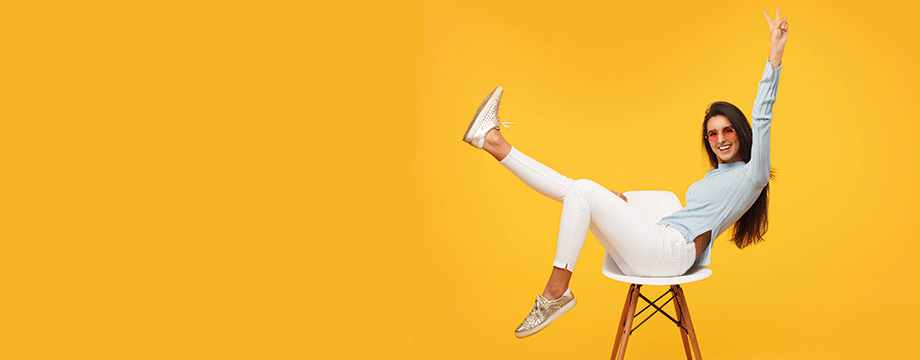Are you sitting comfortably?

Pilates exercises to help with a sedentary lifestyle
These days much of our life can be spent doing very little physically, both at work and at leisure. The digital revolution has enabled us to work and play from a chair with no more effort required than a few taps of our fingers. The negative effects sedentary living has on our health and longevity have been widely publicised over recent years. However, many of us dismiss these long-term effects on the premise that ‘it won’t happen to me!’
Less well known is the fact that a sedentary lifestyle also has grave implications for the musculoskeletal system. These can affect us in the short term as well as the long term in the form of pain and discomfort, which can reduce our quality of living and even affect our mental health. Even if you do nothing else (and we suggest that you do!), performing a few simple Pilates exercises a day can help keep the aches and pains at bay.
When you have to sit still for long periods at a time it is important to consider your alignment. Breaking up periods of sitting with some of the simple exercises we have suggested can make a world of difference to your comfort levels.
Work
Many of us have jobs that involve sitting all day at a desk. This is not what our bodies were designed for and as a result often, by lunchtime, you are feeling the strain. A well-designed workstation is vital and should be the first thing you look at if you are starting to develop pain or discomfort. Being more aware of your posture and taking short breaks from sitting every hour or so will make a big difference. It is highly advantageous to fill those breaks with some of the simple exercises suggested to help rebalance the body and boost your mental energy.
Sit tall on your chair. Have both feet firmly grounded on the floor, hip-width apart and parallel. The idea is for the knees to be bent at an angle of about ninety degrees, the heels lined up with the back of the knees. You may need to place your feet on a low platform (or a couple of large books) to achieve this.
Recreation
When we get home often the first thing we want to do is sit back in our favourite chair and put our feet up. Once there we will reach for any number of things to entertain ourselves: the latest book, the remote control, a laptop computer, a games console, sewing or knitting. All have one thing in common – sitting.
However, the sitting element disregards our bodies’ need to move. Supplementing these sedentary activities with some active ones is always advisable. So remember, take a break from time to time and get your body moving.
Check that your weight is evenly balanced in the centre of both sitting bones. We are aiming for an elongated S-shape for the spine, not a collapsed C-shape. So check that you have a gentle hollow in the lower back (lumbar lordosis). Avoid rolling back onto your coccyx, which would take you into a slouched C-shape. Similarly avoid rolling too far forwards towards your pubic bone as this would cause the lower back to over-arch. Instead lengthen up through the whole spine so that its natural curves are retained. It is not easy to maintain this elongated S-shape. Regular Pilates practice will make it much easier as your deep postural muscles are strengthened. In the meantime, if it is more comfortable, you may place a small support in the lumbar curve (a rolled-up towel or even a small ball inflated to about 25 per cent or whatever is comfortable).
Allow your ribcage to relax and be positioned directly above the pelvis, neither swaying backwards nor slumping forwards. Feel your shoulder blades wide in the upper back and your collarbones open in the front of the chest. Soften your breastbone. Lengthen your neck and allow your head to balance freely on top of the spine.
If you have space you can sit on a big ball instead of a chair for short spells during the day. Sitting correctly on the ball will help you re-establish the dynamic stability needed to maintain good posture throughout the day. Its natural instability means that your core stability muscles have to work harder to keep you upright and balanced. Its bounciness also encourages you to stay mobile and active.
We do not recommend that you spend all day on the ball; shorter periods of time spent focusing on maintaining good posture are very beneficial. However, if you spend too long on the Ball, your body will tire and your focus will lapse, leaving you in a very awkward position or even on the floor! Slouching whilst on the ball is a lot worse than doing so on a chair as the chair will at least provide a level of support.
Extracted from The Pilates Bible by Lynne Robinson, published by Kyle Books, £19.99 www.octopusbooks.co.uk
Read previous Your Living articles here...
Read articles from our latest issue here...